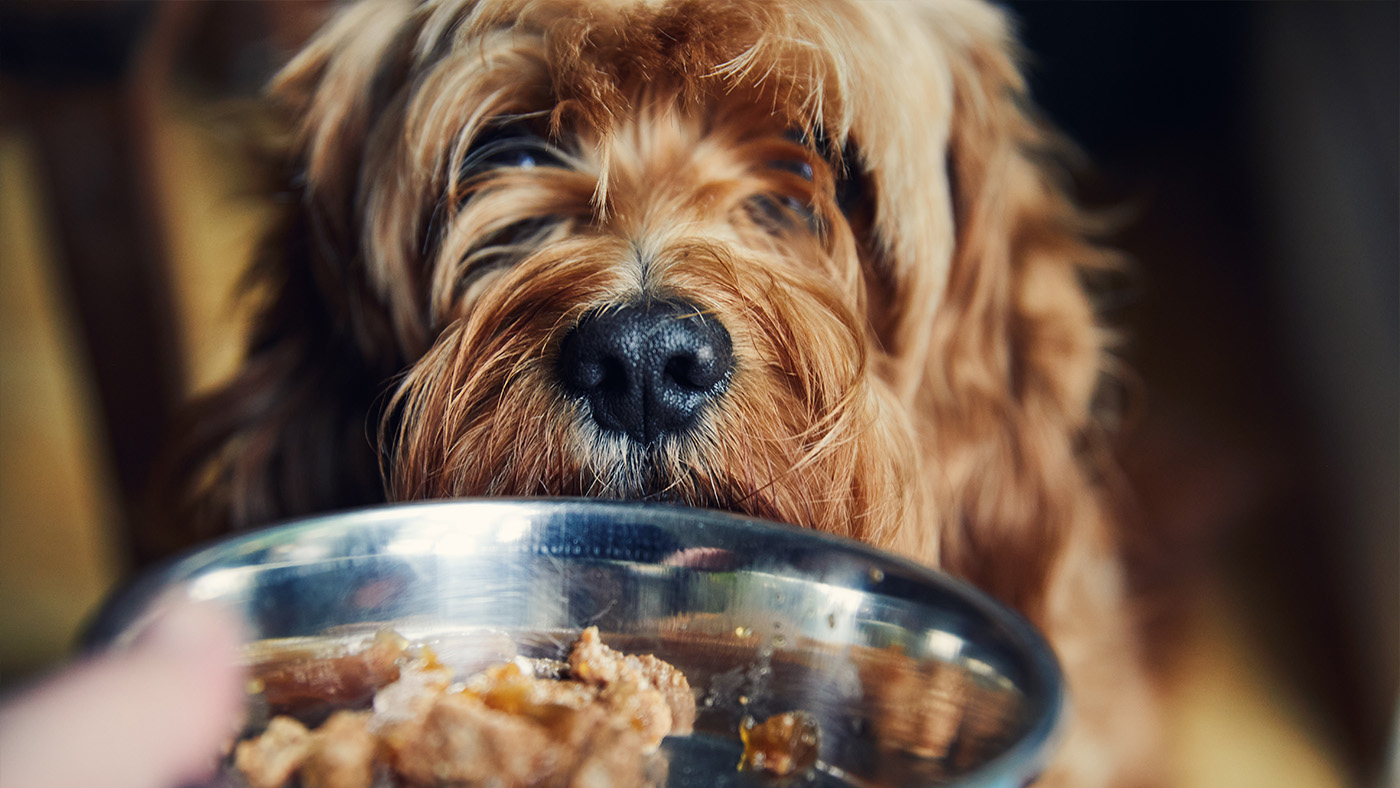
Food is one of the most important things to think about when you have a dog, and there are so many options that it can feel slightly daunting at times.
When weighing up the different types of food for your dog, you might think of human-grade dog food as the best dog food. It’s becoming more popular, but as it’s often more expensive than standard pet food, owners aren’t always sure whether it’s worth choosing.
If you’re not sure how to choose dog food and whether human-grade products could be a good option, Dr. Aimee Warner, resident vet at UK-based pet insurance company Waggel, has some advice to share.
“Human-grade dog food represents a new approach to pet nutrition where quality ingredients directly impact vitality and overall health,” she says. “The superior ingredients, preparation methods, and nutritional profiles of these foods establish a new standard for what we consider appropriate for our canine companions.”
To that end, Dr. Warner has shared four reasons why she believes human-grade pet food to be worth it:
1. Superior ingredients: Human-grade pet food must meet the same safety standards as human food, so it tends to be of better quality.
2. Easily digestible: According to a study in Translational Animal Science, dog food made with human-grade ingredients is more digestible than traditional kibble.
3. Nutritious for dogs: The cooking methods used in human-grade dog food retain more of the vitamins, minerals, and amino acids, making it a more nutritious option.
4. Fewer additives and preservatives: Human-grade pet food usually contains fewer artificial additives, so it’s often better suited to dogs with allergies or sensitive stomachs.
If you’re thinking of switching your pup to a human-grade diet, or changing their diet in another way, it’s important to consult with your vet and discuss your dog’s needs. Gradually phase out their other food, combining both to see how your dog responds and reduce the risk of an upset stomach as a response to the new food.
“When transitioning to nutrient-dense human-grade options, watch for changes in digestion, energy levels, and coat condition – all indicators of how well your dog is processing the new diet,” adds Dr. Warner.
She also points out that, while human-grade pet food is a great option for a lot of dogs, it’s important to weigh up your budget and storage options. Fresh foods will need refrigerating and don’t last as long as traditional canned food or the best dry dog foods.
Dr. Warner finishes, “The growing popularity of human-grade dog food shows a meaningful evolution in our approach to pet health. Today's pet parents make informed, intentional choices, feeding for vitality and quality of life rather than mere convenience.”
Want to find out more about the food we feed our pups? Here’s a vet's guide to reading a dog food label







